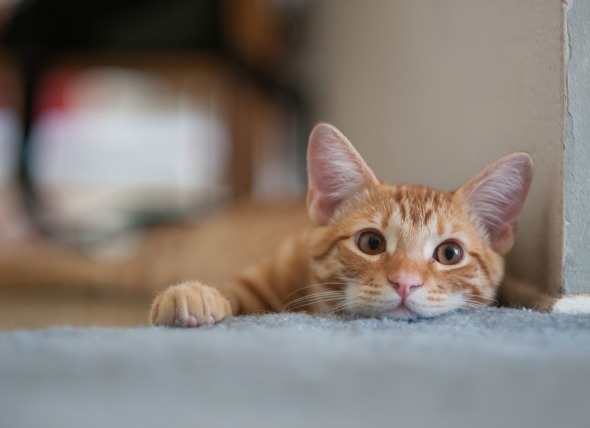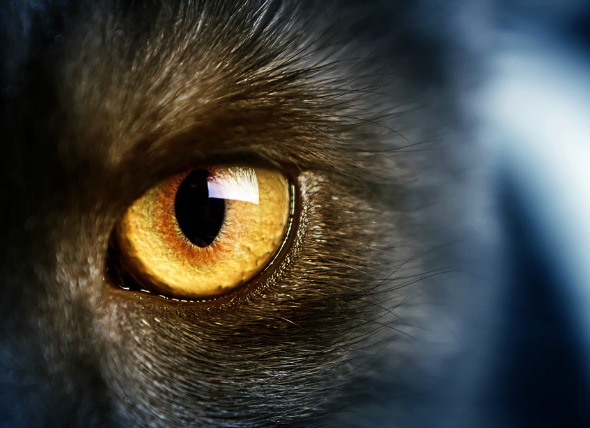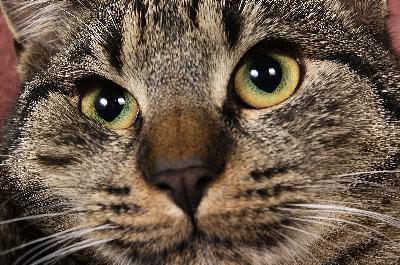
Schiff-Sherrington phenomenon occurs when the spinal cord is transected by an acute, usually severe lesion to the cat's lower back (second lumbar vertebrae), causing exaggerated posturing in the upper extremities (front limb extension). Hind limb paralysis (regarded as the release phenomenon) can also occur due to damage to the border cells and interneurons located in the lumbar spinal cord (mainly L2-4), which normally exert influence on the spinal segments below the transection.
Schiff-Sherrington phenomenon may develop due to severe thoracolumbar spinal injuries (such as those brought on by an auto accident) or because of intervertebral disk disease (most common).
You will need to give a thorough history of your cat’s health to your veterinarian, including the onset and nature of the symptoms. He or she will then perform a complete physical examination as well as a complete blood count, biochemistry profile, urinalysis, and electrolyte panel to rule out other causes associated with your pet's exaggerated posture.
The most useful tools to visualize the cat's spinal cord, and thereby locate the thoracolumbar lesion, is by taking CT (computed tomography) and MRI (magnetic resonance imaging) scans, as well as employing myelography, in which a dye is injected during radiographic examination.
Treatment is directed toward repairing the damage caused by the thoracolumbar spinal cord lesion, which may involve spinal surgery. If adequate spinal cord function is restored, Schiff-Sherrington phenomenon can be resolved. However, there is no specific course of treatment currently available.
The exaggerated posture may persist for days up to several weeks, but this is not an indication of a hopeless prognosis. With rapid and aggressive treatment, your pet may recover, especially if the cat can feel pain in its extremities lower than the spinal injury.
 FIV or Feline AIDS in Cats
Feline Immunodeficiency Virus Infection (F
FIV or Feline AIDS in Cats
Feline Immunodeficiency Virus Infection (F
 Corneal Inflammation (Nonulcerative Keratitis) in Cats
Nonulcerative Keratitis in Cats
Keratitis is the
Corneal Inflammation (Nonulcerative Keratitis) in Cats
Nonulcerative Keratitis in Cats
Keratitis is the
 How to Get Rid of Stray Cats and Kittens Under a Porch
How to Get Rid of Stray Cats and Kittens Under
How to Get Rid of Stray Cats and Kittens Under a Porch
How to Get Rid of Stray Cats and Kittens Under
 Different Breeds of Tabby Cats
Different Breeds of Tabby Cats
Differe
Different Breeds of Tabby Cats
Different Breeds of Tabby Cats
Differe
 Why Do Cats Head-Butt?
Why Do Cats Head-Butt?
Why Do Cats Hea
Why Do Cats Head-Butt?
Why Do Cats Head-Butt?
Why Do Cats Hea
Copyright © 2005-2016 Pet Information All Rights Reserved
Contact us: www162date@outlook.com